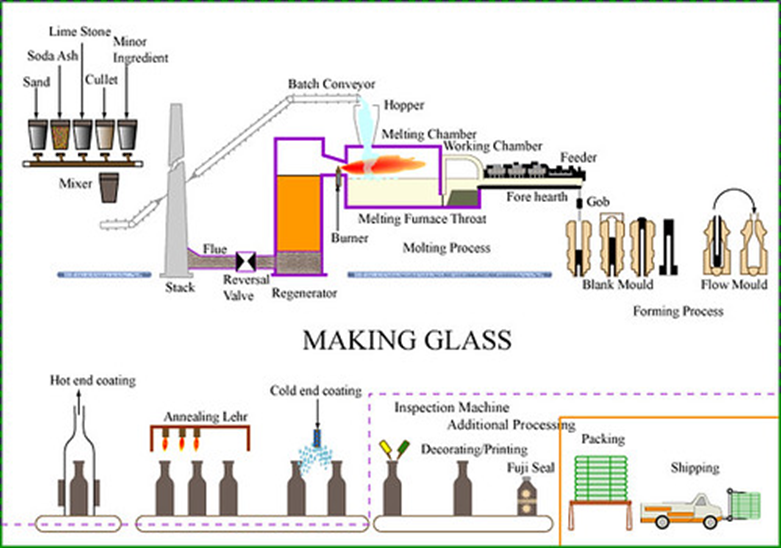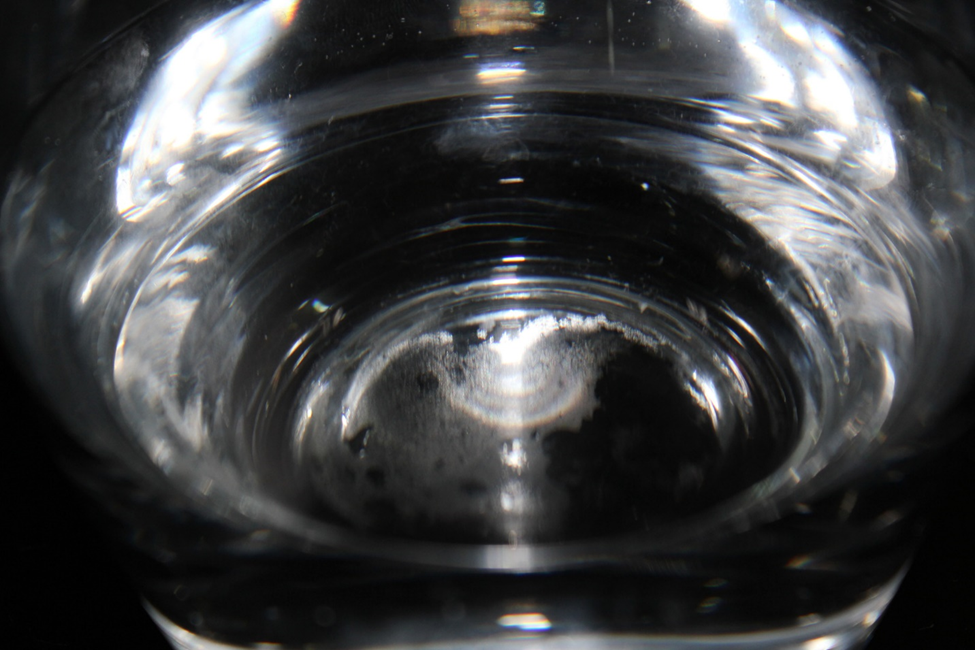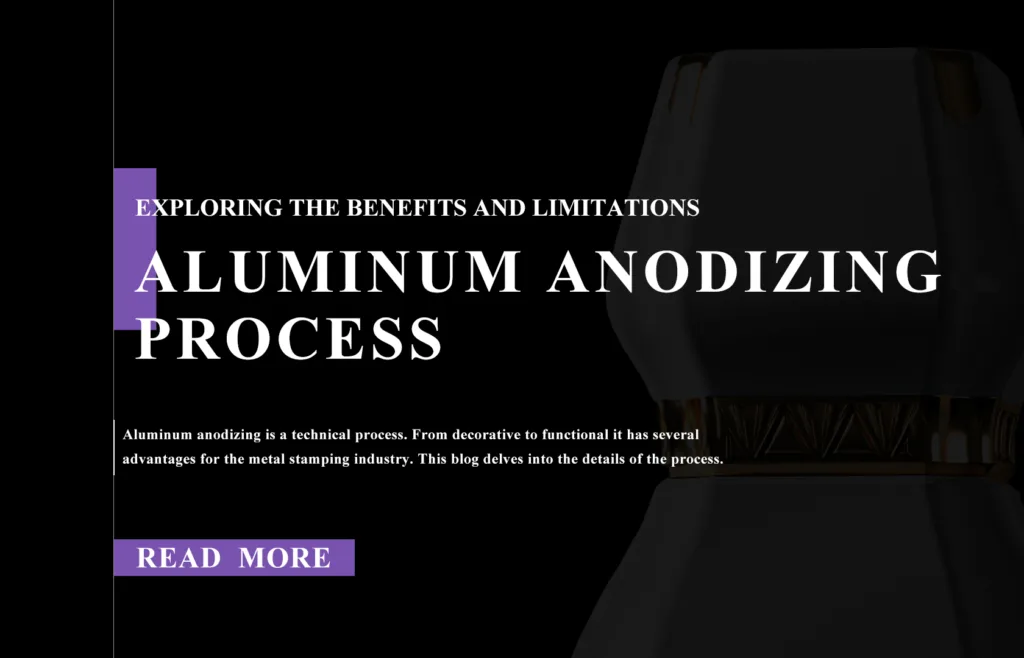INTRODUCTION
How is glass made might appear to be a simple question yet the process is not an easy one. From accurate proportions of chemicals to heating the materials in sky high temperatures is a challenge. Getting the desired finished product an art and a Science.
This blog explains the whole glass manufacturing process in a step by step order. If you want to know more about the making of the basic material of the beautiful glass products you have around you then Read Further!
Steps Involved in Glass Manufacturing
The process referring to how is glass made is a complicated one. Makers need to take care of every single detail in the glass manufacturing process.
From taking accurate proportion of the raw materials to cooling and then finishing the product, every detail has to be taken care of.
Let’s have a look at the whole process in a step by step manner to understand it:
Collecting the Raw Materials
Glass manufacturing involves four types of raw materials in it’s making which are:
- Silica (in the form of sand or quartz SiO2)
- Limestone (CaCO3)
- Soda ash (Na3CO3) and
- Cullet (which is actually broken glass)
The process involves the collection of all four of these chemicals separately. They are then mixed together in fixed proportions. The resulting mixture is called a charge. The addition of cullet or broken glass decreases the high temperature of the charge.
Preparing the Batch
The preparation of batch is a simple process. First of all the raw materials, the cullet and decolorizers are separately weighed in accurate proportions. They are then mixed together and put in the grinding machines.
After grinding machines their comes the role of mixing machines. The mixing machines mix the grounded mixture in a fine powdered form. This finely powdered uniform mixture is known as a frit or batch.
Melting the Glass Batch
This batch is then transferred to the furnace for the melting process. Two types of furnaces are used for the melting of the batch . These are pot furnace and tank furnace. Fireclay or Platinum are the composing materials of these two furnaces.
The melting of batch i the furnace continues until the emission of carbon dioxides, Sulphur dioxide, oxygen and other gasses.
Pot Furnace
Pot furnaces are ideal for use in small manufacturing set ups. Manufacturers who use the mouth blowing technique for glass making use pot furnaces. It has the capacity to melt almost eighteen to twenty-one tones of glass.
An advantage of using pot furnace is that it can melt several types of glasses simultaneously. It is a five chambered furnace. During the melting process the temperature in the furnace can reach to sixteen hundred degree Celsius.
Tank Furnace
As the name indicates tank furnaces are used in huge set ups. Usually they are installed in manufacturing units where a continuous flow of molten glass is required. The large amount of molten glass feeds automatic glass forming machines.
A large tank furnace can have a capacity of two thousand tones which is huge. “Bath” is an integral part of the structure of a tank. It is made of high-quality refractory material.
The purpose of this high-quality refractory material is the prevention of a chemical reaction between glass and superstructure during combustion. Tank furnaces are also smart in their fuel consumption.
Understanding the Chemical Reaction in the Furnace
In the production of glass the understanding of the chemical reaction inside the furnace is important. It is imperative to answering the question :
How glass is made?
So inside the furnace the combustion continues until the melts glass becomes free from gases like carbon dioxide, silicone dioxide and others. It results in the formation of scum. Scum is a glass gall which is a combination of undecomposed raw materials and impurities.
The liquid becomes clear. It is during the temperature 7 seven hundred to twelve hundred-degree Celsius that the liquid gains the viscosity to be molded into different shapes.

Glass Processing
Shaping, annealing and finishing are the three processes that comprise the whole glass processing. Let’s have a look at each of them to get a clear understanding of how glass is made.
Shaping
As the name suggests this step involves turning glass into various desirable shapes. Thus glass is first put into molds and automatic machines. The automatic machines shapes the glass into wires, sheets , rods and other shapes.
Shaping of glass can be done by two methods. One is hand fabrication and the other is machine fabrication.
Hand fabrication is for small set ups. During hand fabrication glass shaping is done by hand. Machine fabrication is for large scale set ups.
Annealing
After shaping the next step is annealing. Annealing requires the glass products to be cooled down slowly. The logic behind slow cooling is that rapid cooling might causes cracks in glass. Special chambers are used to implement the annealing process.
The annealing process is however slow and it might take days for the glass products to cool down.
Finishing
Finishing of glass items involves plenty of steps. These include cutting, polishing, grind and others. If any unwanted color particles are still present in the glass than decolorizing agents are used to remove them. The de-colorizing agents include cerium oxide, neodymium oxide etc.
Understanding the Chemistry of Glass
The formation of glass is not based on a single composition. The composition depends upon the type and properties of glass required.
Different proportions and formulas produce different electrical, optical mechanical and thermal properties of the resulting glass. We cannot say that there is one single formula for all types of glass being produced.

CONCLUSION
What started from the question how glass is made ended into complete knowledge about glass manufacturing from raw materials to the finished products. The production of glass is a knowledgeable phenomena.
What is more important to know is that in glass manufacturing process their is no one size fits all policy. Different types of glass is made from different raw materials and different formulas.



